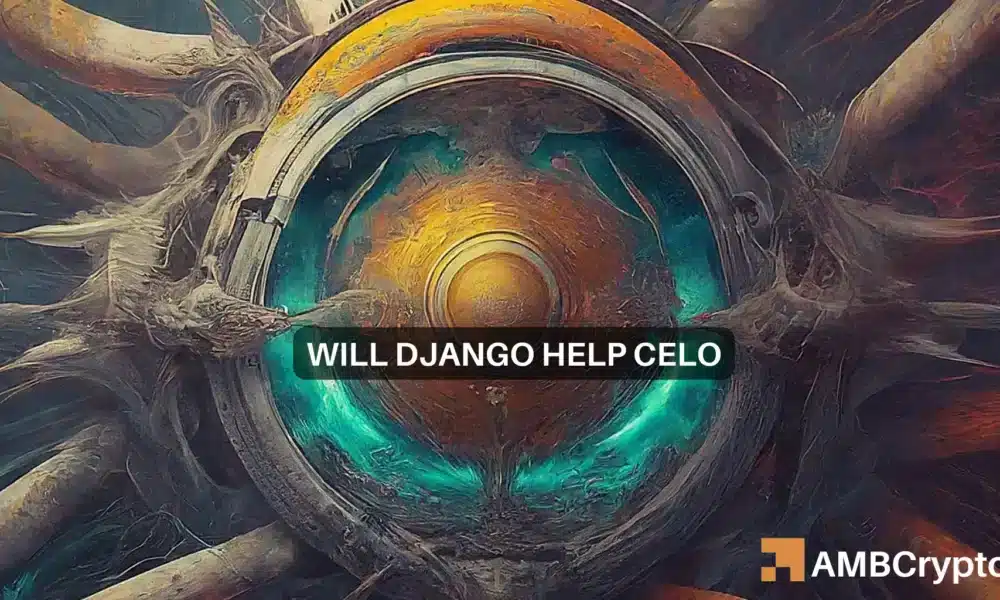- Celo unveils Dango, its Layer 2 testnet, marking the initial phase of integration with the Ethereum ecosystem.
- Celo used Optimism’s OP stack to make this plan come to fruition.
In a significant move towards becoming part of the Ethereum [ETH] ecosystem, Celo, the blockchain platform designed specifically for mobile phone users, has launched its Dango Layer 2 testnet. This marks a major step forward in Celo’s plan to integrate with Ethereum.
It takes two to Dango
The Dango testnet, proposed at EthCC 2023, facilitates developer migration to a new iteration of the Celo blockchain focused on fast, global transactions. This testnet preserves historical data from Alfajores, including smart contracts, accounts, and balances, ensuring a smooth transition.
Built on Optimism’s OP Stack, Dango combines Celo’s Layer 1 security with the scalability and interoperability of the OP Stack framework.
EigenDA, implemented with Eigen Foundation backing and community support, reduces transaction fees within Dango’s Layer-2 architecture.
This architecture prioritizes affordability and efficiency, achieving a 50% increase in transaction speed (block processing time reduced from 5 seconds to 2 seconds).
Dango Layer-2 offers features like seamless bridging of WETH and ERC-20 tokens for transfers between Ethereum and Celo, and one-block finality for swift and secure transactions.
It supports CELO token interaction on both the native platform and the ERC-20 standard, providing flexibility for developers. Additionally, Dango allows for payments using various ERC-20 tokens, including $USDT and $USDC, expanding payment options.
Dango’s SocialConnect feature enables sending and receiving funds using phone numbers or email addresses, simplifying transactions for users new to crypto.
Low gas fees contribute to Dango’s affordability, potentially increasing global cryptocurrency adoption.
What’s next for Dango?
The launch of the Dango testnet has triggered infrastructure providers to initiate upgrades for their Layer-2 node code.
Once all major providers have implemented these updates to be compatible with the new design, the Alfajores testnet will undergo an upgrade without requiring a separate blockchain fork.
This streamlined process allows developers to test their user applications on the upgraded network without impacting the functionality of live user-facing applications.
The successful completion of this critical milestone ahead of the summer 2024 target sets the stage for the anticipated launch of the Celo Layer-2 mainnet in early winter 2024.
The Celo Foundation and cLabs remain committed to driving innovation and empowering the blockchain community, ensuring a seamless transition and robust growth for both developers and users.







Leave a Reply